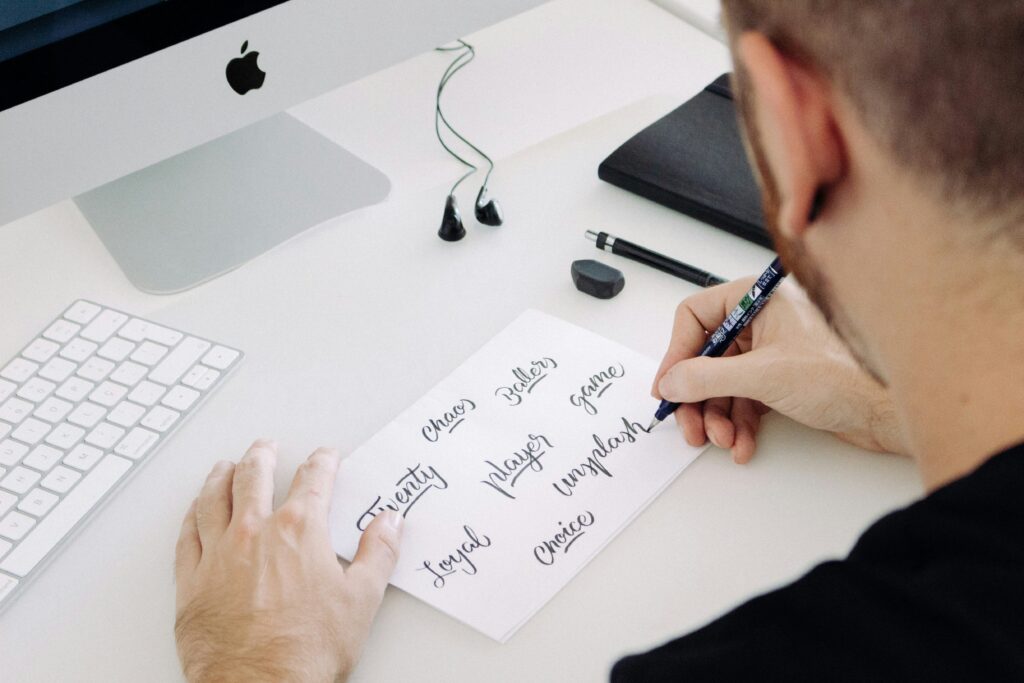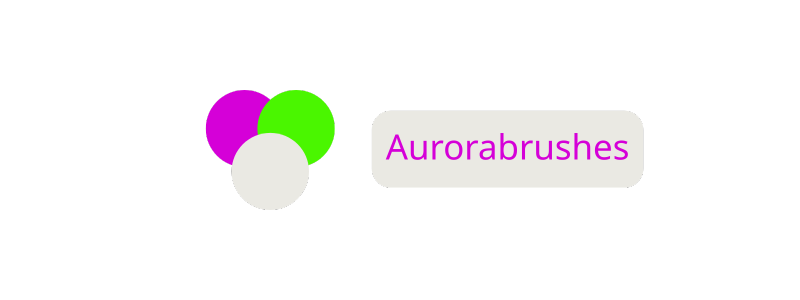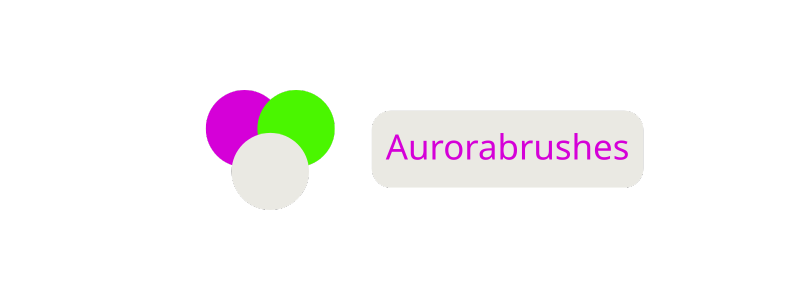What to Consider When Hiring a Web Designer: Key Factors for Choosing the Right Partner
Finding the right web designer can make or break your online presence. I know how overwhelming it feels to sift through endless portfolios and promises, all while trying to figure out who truly understands your vision. Your website isn’t just a digital storefront—it’s the face of your brand and a key part of your business strategy.
That’s why it’s so important to make smart choices from the start. I’ve learned that hiring a web designer is about more than just picking someone with technical skills. It’s about finding a partner who gets your goals, communicates clearly, and brings your ideas to life.
Understanding Your Web Design Needs

Defining the goals for my website clarifies what I expect the designer to deliver. Objectives like attracting leads, selling products, or driving sign-ups determine the design style, necessary features, and layout structure.
Identifying the target audience specifies design elements, content, and site functionality that resonate with users. For example, a Gen Z-focused platform may use bold graphics, interactive features, and mobile optimization.
Outlining site features helps streamline the designer’s workflow. Examples include e-commerce integrations, custom booking forms, or live chat support. This upfront clarity removes scope ambiguity later in the project.
Deciding on the content structure early improves project timeline efficiency. Content like blogs, galleries, FAQs, or testimonials shapes page templates and navigation. I map out these basics before engaging a designer.
Selecting a style preference using sample sites gives the designer reference points for aesthetics. I note layout, color palette, typography, and image use from favorite designs to visually communicate my expectations.
Assessing the project timeline and budget narrows the selection to web designers who fit those requirements. I document key milestones, launch deadlines, and spending limits early in negotiations.
| Web Design Needs | Example | Why It Matters |
| Objective | Sell digital courses | Drives design priorities |
| Target Audience | Small business owners | Informs UX and messaging |
| Key Features | Booking system, testimonials | Affects layout and tools |
| Content Structure | Blog, service pages | Determines navigation |
| Visual Style | Minimalist, blue palette | Aligns branding |
| Timeline & Budget | 6 weeks, $4000 | Filters feasible designers |
Evaluating Skills and Experience

Evaluating a web designer’s skills and experience clarifies who can translate requirements into an effective online presence. I focus on a structured review before making decisions.
Portfolio Review
Scanning a designer’s portfolio shows their ability to handle different project sizes, industries, and design styles. I compare portfolio samples to identify if a designer consistently delivers clean navigation, responsive layouts, and visually appealing pages. Clients featured in sample projects—such as small businesses, ecommerce stores, and portfolio sites—provide real-world evidence of a designer’s adaptability.
| Portfolio Element | What I Look For | Contextual Example |
| Design Versatility | Multiple styles for varied target audiences | Retail, personal blogs |
| Functionality | Interactive features and usability | Booking forms, galleries |
| Results | Websites that increase engagement or sales | Lead generation sites |
Reviewing case studies connected to portfolio work reveals how designers solve specific client problems. Successful projects show improved user experience or metrics like conversion rates after site launch.
Technical Expertise
Verifying technical skills ensures a designer can meet project standards. I check skills in core web languages—HTML, CSS, JavaScript—and relevant frameworks. Experience with content management systems such as WordPress, Shopify, and Joomla indicates flexibility in platform choice.
I use skill verification methods like certifications, live code samples, or technical assessments. Responsive design proficiency stands out through examples of mobile-optimized sites. Designers who have built accessible websites demonstrate an understanding of ADA compliance and best practices.
| Technical Skill | Why It Matters | Recognizable Markers |
| HTML/CSS | Foundation for structure/style | Clean, organized layouts |
| JavaScript | Adds interactivity | Dynamic elements, sliders |
| CMS Familiarity | Streamlines content management | WordPress/Shopify mention |
| Accessibility | Ensures usability for all users | WCAG/ADA compliance refs |
I evaluate problem-solving ability by discussing real technical challenges faced in previous projects and how the designer resolved them. This approach confirms the designer’s readiness to adapt to complex requirements.
Communication and Collaboration
Communication and collaboration drive project success with any web designer. I look for clear channels and mutual understanding to streamline design revisions and deliverables.
Availability and Responsiveness
Availability and responsiveness keep my web projects moving smoothly. When a designer replies quickly to questions and updates, I avoid delayed feedback cycles and missed milestones. I confirm preferred contact methods such as email, instant messaging, or video calls, and I ask about their typical reply times for weekday and weekend messages.
| Designer Factor | Key Detail | Example |
| Contact Channel | Main communication | Email, Slack, Zoom |
| Response Time | Median time to answer | Same business day, 12–24 hours, weekends off |
| Time Zones | Working hours overlap | 9am–5pm EST, UTC-5 |
Consistent responses from the designer reduce misunderstandings about deadlines and revisions. I also clarify if there’s a backup contact in case of unexpected leaves or emergencies.
Project Management Approach
Project management approach impacts the structure and transparency of my web design process. I learn which tools the designer uses for organizing tasks, sharing updates, and storing assets, such as Trello for task tracking or Google Drive for visual files.
I request a sample timeline showing major milestones, revision rounds, and launch dates. Transparent check-ins, progress updates, and defined review cycles help keep the project on track. I verify how the designer handles change requests, ensuring there’s a clear revision policy and process for documentation.
| Project Management Tool | Purpose | Usage Example |
| Trello | Task tracking | Card creation for each deliverable |
| Asana | Timeline management | Scheduling milestones |
| Google Drive | Asset organization | Sharing wireframes and images |
Direct communication channels and structured management tools minimize the risk of missed changes and overlooked feedback, creating a collaborative workflow for optimal outcomes.
Assessing Cost and Value
Assessing the cost and value of hiring a web designer influences project alignment and long-term investment. I balance upfront expenses with future benefits by examining detailed price structures and post-launch services.
Transparent Pricing
Transparent pricing lets me compare proposals efficiently. I review itemized quotes for design, development, revisions, and extra features. Fixed-rate packages often cover standard web projects, while custom or hourly rates apply to complex needs such as custom booking tools or multilingual support.
| Pricing Model | Common Use Cases | Includes |
| Fixed-rate | Portfolio, brochure, blogs | Design, basic development, set revisions |
| Hourly | Custom features, ongoing tweaks | UI/UX design, coding, technical troubleshooting |
| Package tiers | E-commerce, membership sites | Design, CMS setup, advanced integrations |
I verify if rates include third-party costs, such as premium plugins or stock images, before committing to any estimate.
Long-Term Support
Long-term support covers ongoing maintenance and ensures my site remains secure and updated. I review support terms in every proposal, focusing on update schedules, bug fixes, and response times for urgent issues—examples include CMS updates or emergency downtime recovery.
| Service Type | What’s Covered | Frequency |
| Maintenance plans | Plugin updates, CMS security patches, backups | Monthly/Quarterly |
| Support retainer | Priority fixes, minor content edits, technical help | On demand |
| Per-incident fees | Emergency recovery, malware removal | As needed |
I clarify if major upgrades or rebranding fall outside regular support—most basic plans don’t cover full site redesigns or platform migrations.
Checking References and Reviews

Verifying references and reading reviews gives a direct view of a web designer’s reliability and client satisfaction. I always contact previous clients, focusing on those with similar project scopes—like e-commerce stores or service sites—to ask about timeline adherence and communication quality. Consistent positive feedback signals dependable professionalism.
Reviewing public platforms, such as Google, Clutch, and Upwork, reveals insights into a designer’s reputation and how they’ve handled issues or revisions in diverse partnerships. I look for repeated themes, such as missed deadlines or poor responsiveness, as these indicate potential recurring challenges.
I examine testimonials on the designer’s own website, but I verify them by matching names with real businesses. When possible, I reach out to testimonials for verification, especially for high-value projects.
For clarity, I organize feedback sources and the main focus of each in the table below:
| Feedback Source | Main Focus | Example |
| Direct Client Reference | Project communication, timeline, support | A retail owner sharing experience about redesign speed |
| Third-Party Reviews | Reputation, resolution of issues | Clutch reviews noting support after completion |
| Website Testimonials | Claimed strengths, consistency | Portfolio page with repeated positive feedback |
A detailed assessment of references and reviews supports informed decisions, letting me minimize risk and filter out unreliable web designers.
Conclusion
Choosing the right web designer isn’t just about skills or price—it’s about finding someone who truly understands your vision and can turn it into a seamless online experience. I always remind myself that investing time in research and asking the right questions pays off in the long run.
When I’m confident in my choice, I know my website will reflect my brand and support my business goals. The right partnership makes all the difference, setting the stage for digital success and growth.
Frequently Asked Questions
Why is choosing the right web designer important?
Choosing the right web designer is crucial because your website is a key part of your brand’s identity and business strategy. The right designer not only creates an attractive site but also ensures it aligns with your goals and effectively reaches your target audience.
What should I clarify before hiring a web designer?
Before hiring a web designer, clarify your website’s main goals, understand your target audience, outline required features, decide on content structure, and set your visual style preferences. Defining these needs will streamline the project and help the designer deliver better results.
How do I evaluate a web designer’s skills and experience?
Evaluate a designer’s skills by reviewing their portfolio for quality and functionality, discussing past challenges, and verifying their technical expertise. Ask specific questions about their previous projects to ensure they have the experience needed for your job.
Why is communication important during the web design process?
Clear communication is essential for the success of any web design project. Establishing effective channels and contact methods ensures both you and the designer stay informed, aligned on expectations, and able to solve issues quickly.
How does project management impact a web design project?
A designer with strong project management skills uses tools and structured approaches to keep your project on track, ensuring deadlines are met and workflows remain efficient. This helps guarantee a smooth, collaborative design process.
What should I consider regarding cost and value when hiring a web designer?
Balance upfront costs with the long-term value a quality designer brings, such as increased website performance and customer engagement. Look for transparent pricing, clear deliverables, and options for ongoing support to avoid unexpected future expenses.
How can I check a web designer’s reliability?
Check a designer’s reliability by contacting references, ideally former clients with similar needs, and reviewing their communication and delivery timelines. Also, read third-party reviews on platforms like Google and Clutch for unbiased perspectives.
Why is it important to verify testimonials on a designer’s website?
It’s important to verify testimonials to ensure they’re genuine and reflect real client experiences. Cross-reference with public reviews and, if possible, reach out to past clients to confirm the authenticity and quality of the designer’s work.

